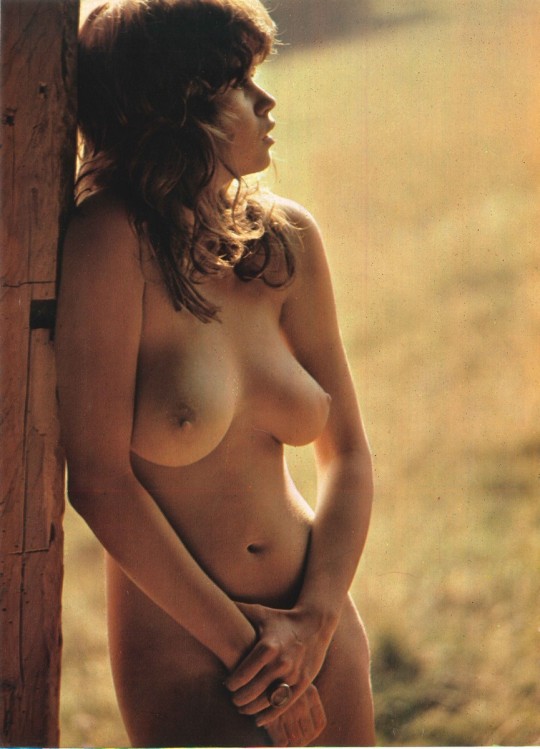#maria schneider
Text

Maria Schneider
#maria schneider#nudephotography#artistic nude#photographic nude#art nude#color photography#vintage nude
357 notes
·
View notes
Text



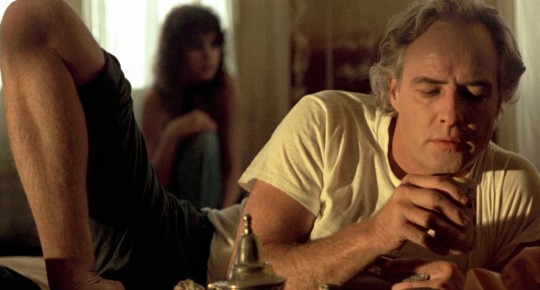

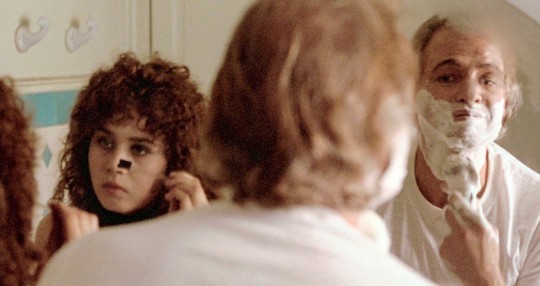




Last Tango in Paris (1972)
#marlon brando#maria schneider#1970s#film#bernardo bertolucci#vittorio storaro#cinematography#70s#cinema#jean pierre leaud#retro#last tango in paris#icons#director#art history#culture#movies#filmedit#cinephile#20th century#🎬
86 notes
·
View notes
Text

Maria Schneider, 1973
221 notes
·
View notes
Text





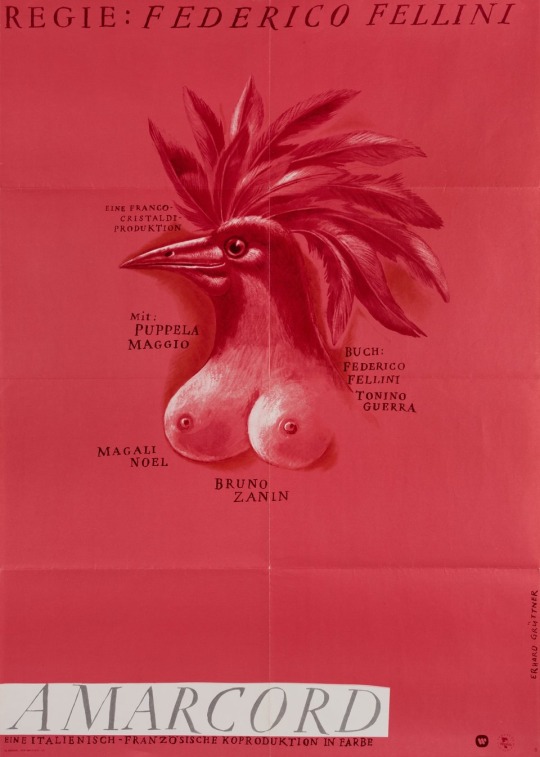

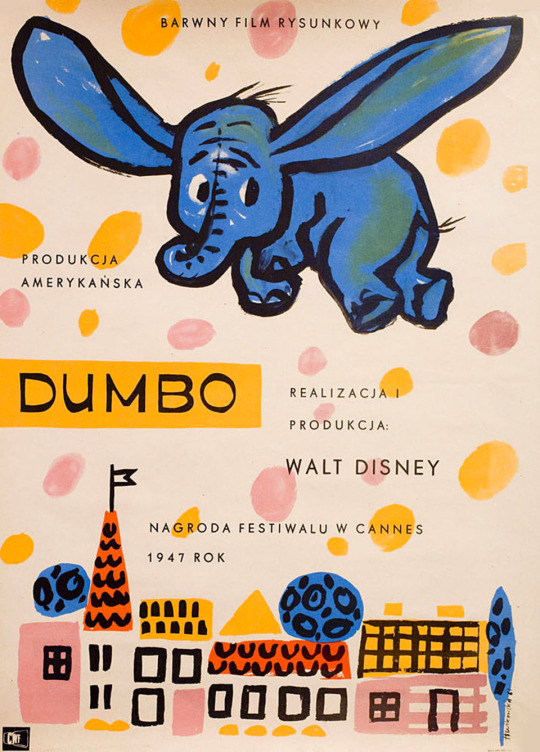
Various poster designs for films: DUMBO (1941, dir. Ben Sharpsteen), FOR A FEW DOLLARS MORE (1965, dir. Sergio Leone), MASCULIN FÉMININ (1966, dir. Jean-Luc Godard), 2001: A SPACE ODYSSEY (1968, dir. Stanley Kubrick), LAST TANGO IN PARIS (1972, dir. Bernardo Bertolucci), AMARCORD (1973, dir. Federico Fellini) and THE DISCREET CHARM OF THE BOURGEOISIE (1972, dir. Luis Buñuel).
#dumbo#ben sharpsteen#for a few dollars more#sergio leone#clint eastwood#masculin feminin#jean luc godard#jean pierre leaud#chantal goya#2001: a space odyssey#stanley kubrick#last tango in paris#bernardo bertolucci#marlon brando#maria schneider#amarcord#federico fellini#the discreet charm of the bourgeoisie#luis bunuel#film#film poster#poster design
78 notes
·
View notes
Text
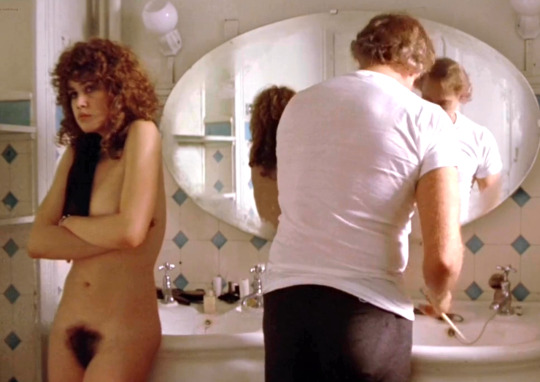

Marlon Brando & Maria Schneider in ’Last Tango in Paris’ (1972)
180 notes
·
View notes
Text

Maria Schneider
704 notes
·
View notes
Text
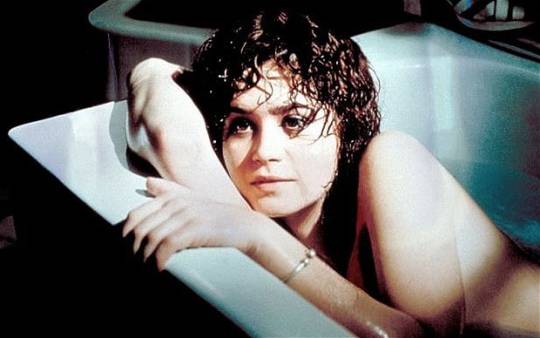
maria
61 notes
·
View notes
Text
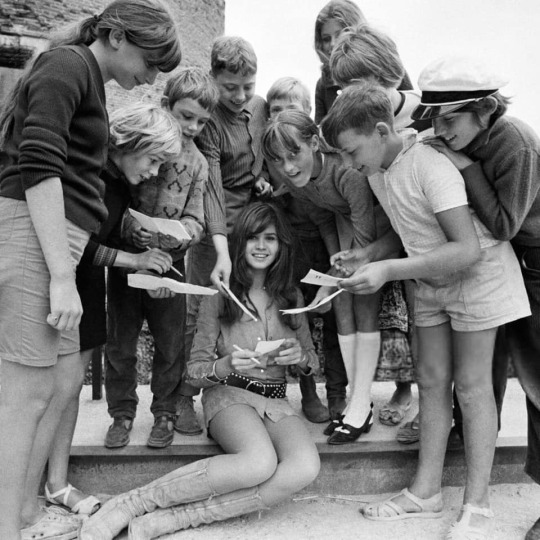
Maria Schneider, March 27, 1952 – February 3, 2011.
1970.
22 notes
·
View notes
Text
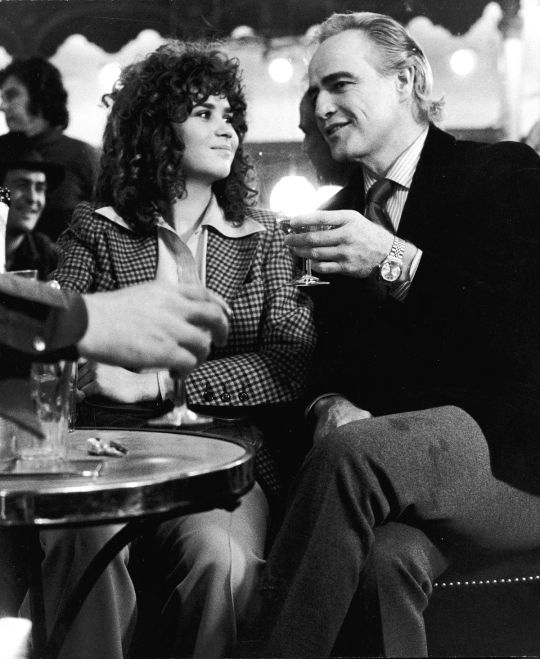

Marlon Brando and Maria Schneider - Last Tango In Paris, 1972 - Dir. Bernardo Bertolucci
#marlon brando#maria schneider#last tango in paris#bernardo bertolucci#actor#actress#movies#drama movies#beauty
187 notes
·
View notes
Text
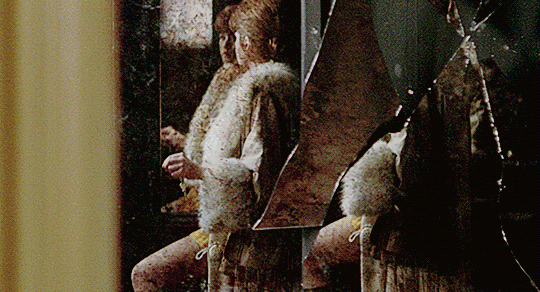
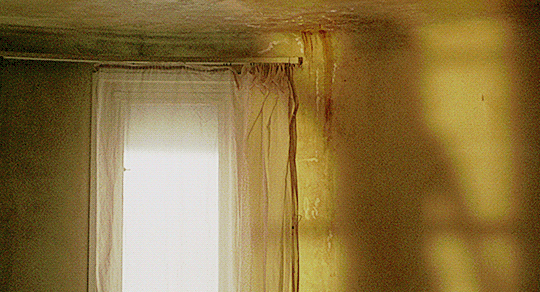

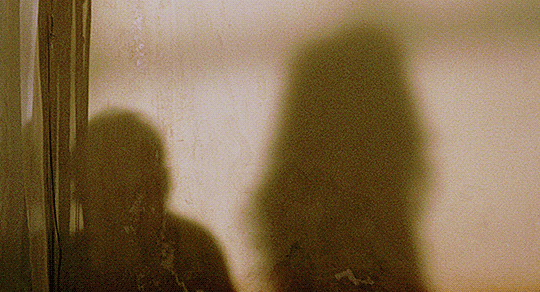

"Many years later United Artists engaged me to write a lyric for Gato Barbieri's theme of Last Tango in Paris. I never met the director, Bernardo Bertolucci, but I watched the film many times and thought I had an inkling of his subtext. The key was in his use of mirrors reflecting an empty room reflected through a camera lens to be projected onto a screen. The two strangers came together as prisms in cracked crystal, several times removed from reality. They were shadows who dance. I borrowed his images and felt his intention was served. The publisher, Murray Deutsch, thought differently. He objected to the shadows and mirrors and reflections. He said the images were not masculine. Not masculine? I asked. According to who? According to him. I held off an attack of tears with a cliché question. If I were a man, would he feel the same way about the images? He felt no need to reply." — Dory Previn
#last tango in paris#bernardo bertolucci#maria schneider#marlon brando#dory previn#film#1970s#gifs#quote
22 notes
·
View notes



